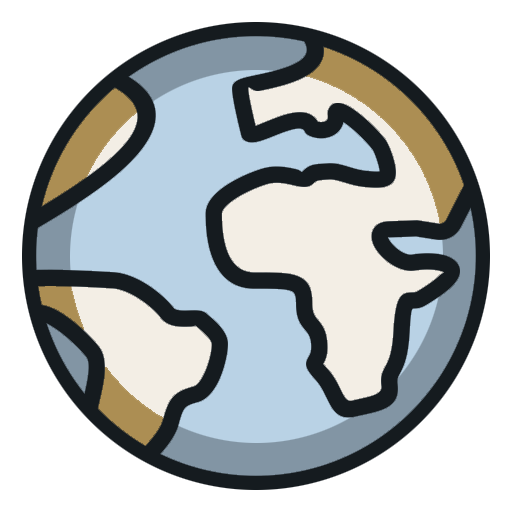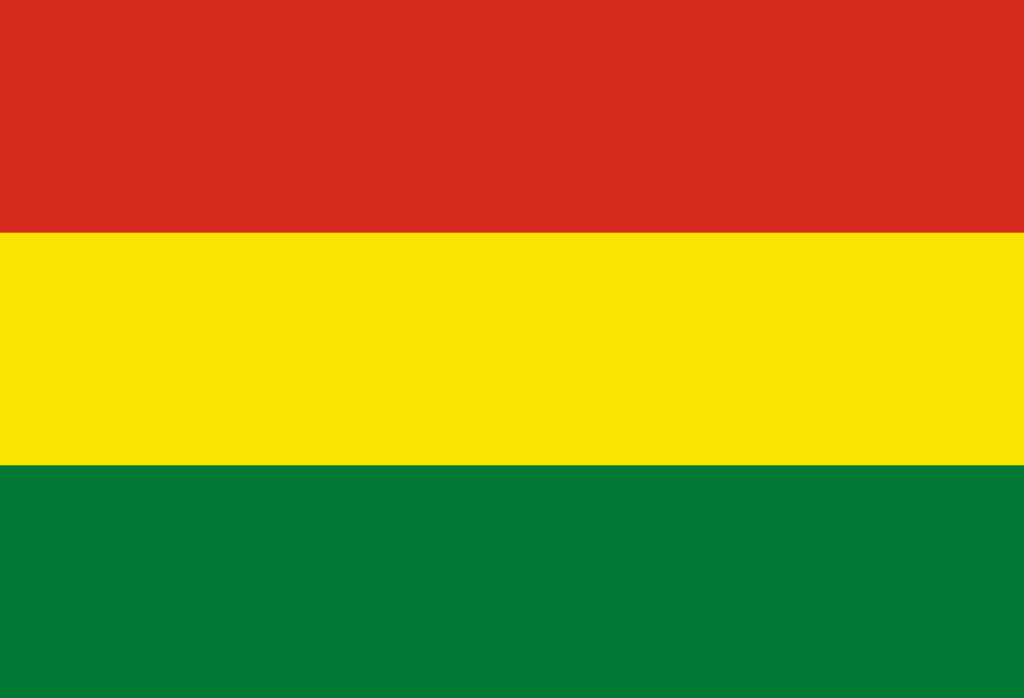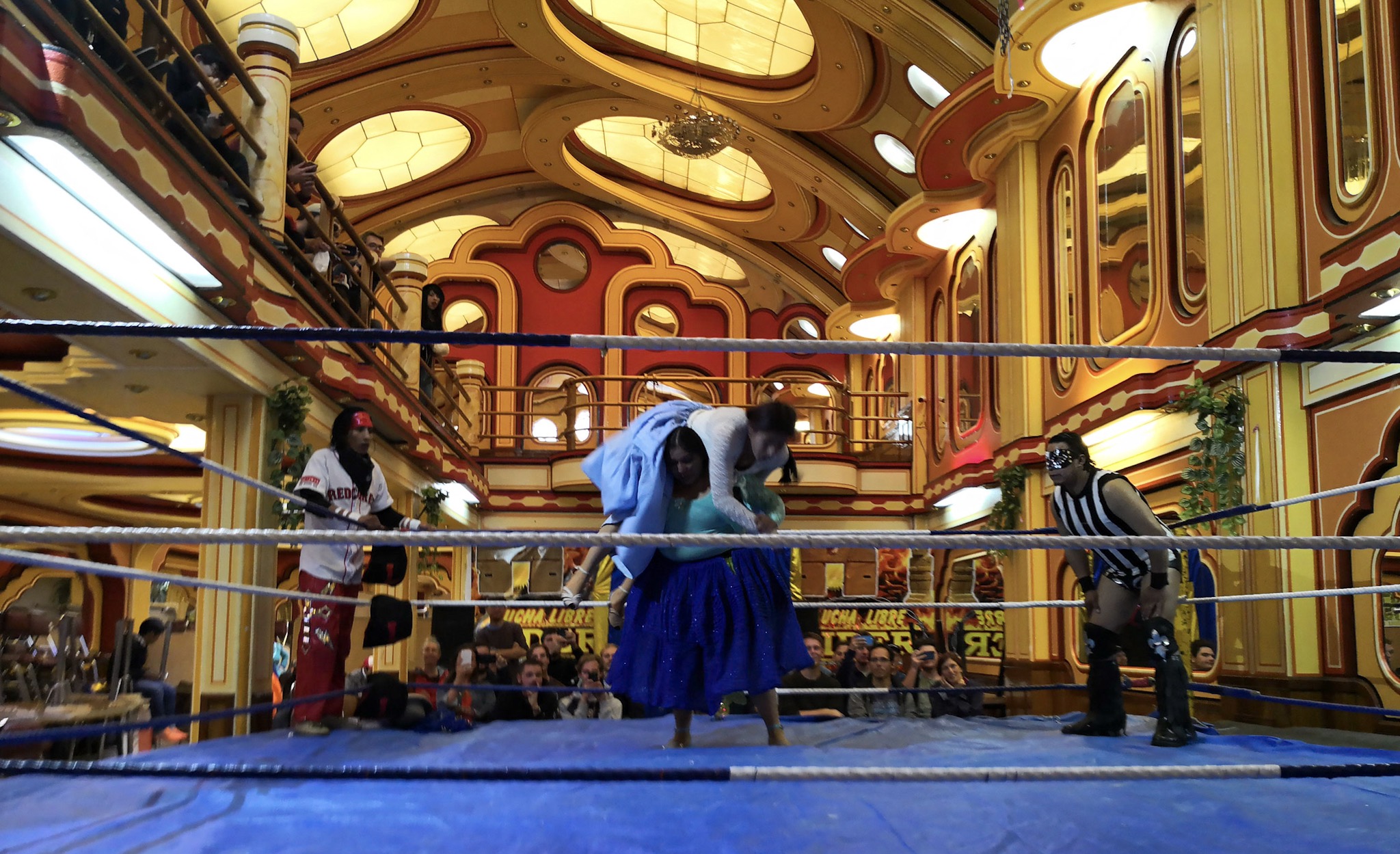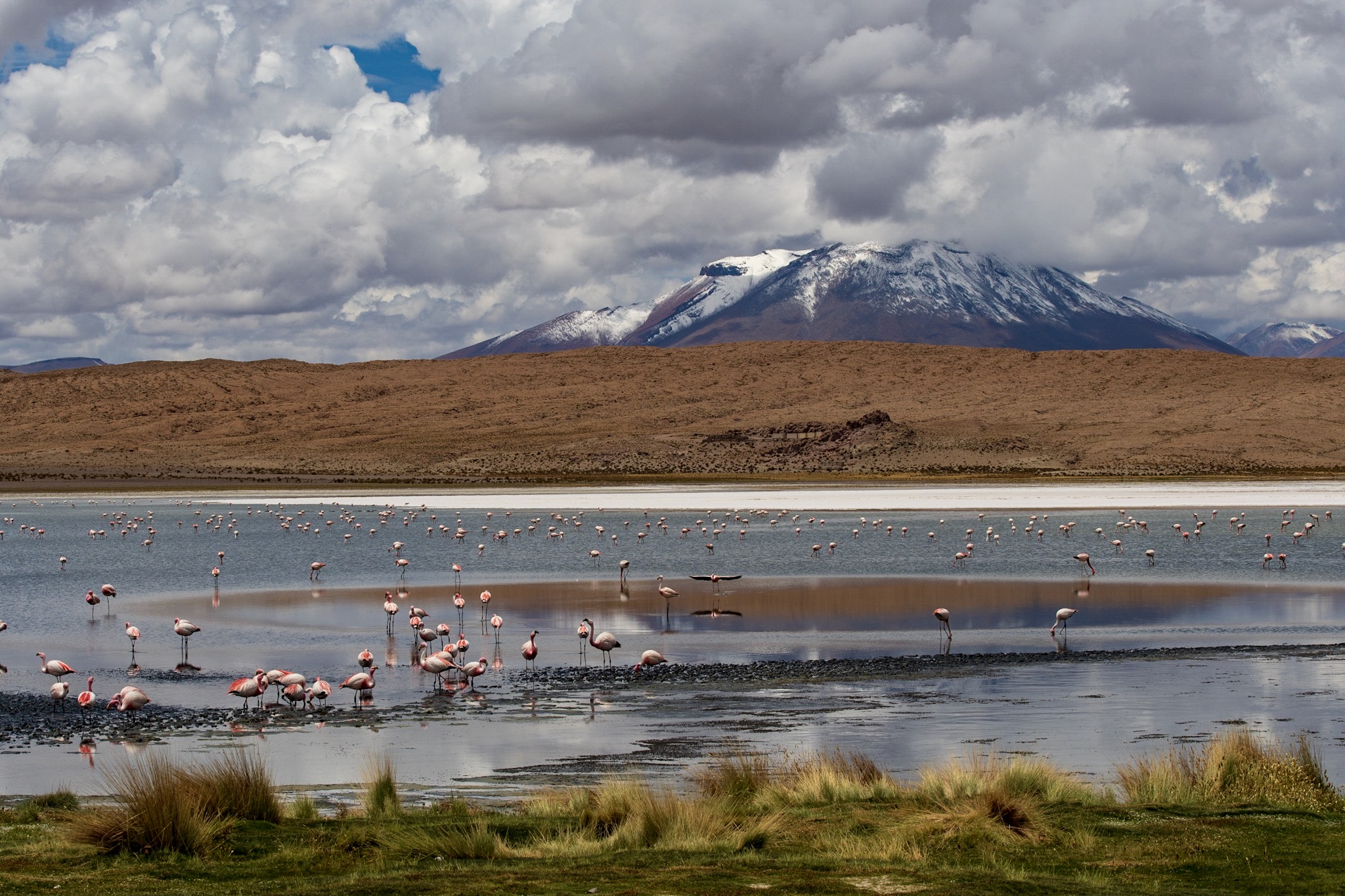Bolivia
Unser dritter Stopp ist Bolivien.
Bolivien wird von den über 6500m hohen Anden durchzogen. Zwischen den Bergen liegt das zentrale Hochland, der 3000 bis 4000m hohe Altiplano dass uns immer wieder zu schaffen machte. In diesem Gebiet leben rund 60 Prozent aller Bolivianer, obwohl es nur etwa ein Drittel der Fläche Boliviens ist. Inmitten des Altiplano liegen der grösste Salzsee, Salar de Uyuni, sowie der Titicacasee, der höchstgelegene schiffbare See der Erde.
Bolivien hat die jüngsten Bevölkerungen Südamerikas und den grössten Anteil indigener Bevölkerung, meist Quechua (30,7 %) und Aymara (25,2 %). Der Rest stammt von europäischen oder asiatischen Einwandern ab. Obwohl es als ärmstes Land Südamerikas gilt hatten wir nie Probleme oder fühlten uns bedroht, die Leute waren sehr nett und hilfsbereit. Und die Privatklinik welche wir besucht hatten war auf schweizer Niveau, Respekt!
Our third stop is Bolivia.
Bolivia is crossed by the Andes, which are over 6500m high. Between the mountains lies the central highlands, the 3000 to 4000m high Altiplano that gave us plenty of trouble time over time. Around 60 percent of all Bolivians live in this area, although it is only about a third of Bolivia's land. In the middle of the Altiplano are the largest salt lake, Salar de Uyuni, as well as the Titicaca Lake, the highest navigable lake on the planet.
Bolivia has the youngest populations of South America and the largest proportion of indigenous people, mostly Quechua (30.7%) and Aymara (25.2%). The rest descents from European or Asian immigrants. Although it is considered to be the poorest country in South America we never had any problems or felt threatened, the people were very nice and helpful. And the private clinic we visited was at Swiss level, respect!
Zwei Ausser Rand Und Band
Still full of drive for traveling we started our tour through Bolivia, beginning in Copacabana at the Titikaka lake, over to Isla del Sol, on to La Paz and then continuing southwards. Until we had our first major downfall...
Uyuni And The Salt Flats
We got our first down before Christmas. But no matter what we wanted to take the Salar de Uyuni tour. So we drove towards Tupiza and rode with a jeep through the largest salt pan in the world. The scenery was some of the most amazing we had ever seen, but see for yourself.



